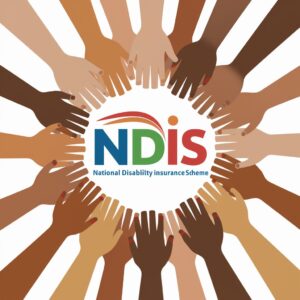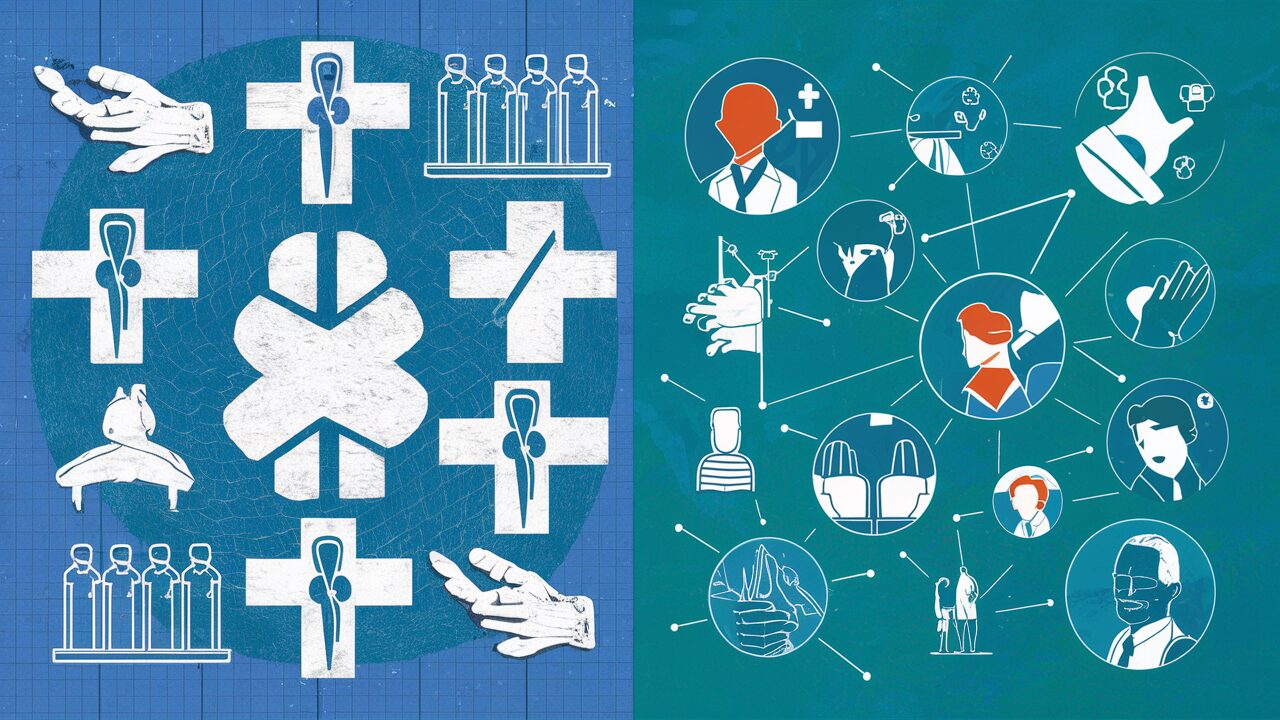Estimated reading time: 6 minutes
As someone living with bipolar disorder, I’ve often pondered the question: what is disability? It’s not as straightforward as you might think. In fact, the meaning of disability has evolved, especially here in Victoria with the introduction of the National Disability Insurance Scheme (NDIS).
Let’s dive into this topic and explore what disability really means in today’s world. We’ll look at how the NDIS defines it and how this impacts the lives of Australians living with disabilities.
Table of contents
- Key Takeaways
- From Medical to Social: The Shifting Definition of Disability
- The NDIS Definition: A Broader Perspective
- Types of Disability: It’s Not One-Size-Fits-All
- The Impact of the NDIS: Empowering People with Disabilities
- Living with Disability: It’s About Ability, Not Disability
- Conclusion: Redefining Disability for a More Inclusive Future
- Action Steps
- Frequently Asked Questions (FAQs)
Key Takeaways
- Disability is now understood as an interaction between a person and their environment, not just a medical condition.
- The NDIS uses a broad definition of disability that focuses on how it affects a person’s daily life.
- With proper support, people with disabilities can lead independent and fulfilling lives.
- The definition of disability includes various types, from physical to psychosocial.
- Understanding disability is crucial for creating an inclusive society and providing appropriate support.
From Medical to Social: The Shifting Definition of Disability
In the past, people often saw disability as something that needed to be “fixed” or “cured.” This was called the medical model of disability. It focused on what was “wrong” with a person.
But now, we look at disability differently. We use what’s called the social model of disability. This model says that disability happens when society isn’t set up to include everyone.
For example, a person who uses a wheelchair isn’t disabled because they can’t walk. They’re disabled when buildings don’t have ramps or elevators. It’s the environment that creates the disability, not the person’s condition.
This new way of thinking has changed how we define disability. It’s not just about medical conditions anymore. It’s about how people interact with the world around them.
The NDIS Definition: A Broader Perspective
The NDIS has embraced this broader view of disability. They define disability as something that:
- Is likely to be permanent
- Significantly affects a person’s ability to take part in everyday activities
- Affects a person’s capacity to work, study, or take care of themselves
This definition includes a wide range of conditions. It covers physical disabilities, intellectual disabilities, sensory disabilities, and even psychosocial disabilities that arise from mental health conditions, like my bipolar disorder.
The NDIS doesn’t just look at medical diagnoses. They look at how a disability affects a person’s life. This means two people with the same condition might have very different experiences of disability.
Types of Disability: It’s Not One-Size-Fits-All
When we talk about disability, it’s important to remember that it comes in many forms. Here are some of the main types:
- Physical disabilities: These affect a person’s mobility or dexterity. They might use a wheelchair or have difficulty with fine motor skills.
- Sensory disabilities: These affect one or more senses. They include vision and hearing impairments.
- Intellectual disabilities: These affect a person’s ability to learn and process information.
- Psychosocial disabilities: These are mental health conditions that significantly affect daily life. My bipolar disorder falls into this category.
- Neurological disabilities: These affect the nervous system. They include conditions like epilepsy and multiple sclerosis.
- Acquired brain injury: This is damage to the brain that occurs after birth. It can be caused by accidents, strokes, or illness.
- Cognitive disabilities: These affect a person’s ability to think, learn, remember, and process information.
Remember, many people have more than one type of disability. And some disabilities are visible, while others are invisible.
The Impact of the NDIS: Empowering People with Disabilities

The NDIS has changed the game for people with disabilities in Victoria. It’s all about giving people choice and control over their support.
Under the NDIS, people with disabilities can get funding for supports that help them achieve their goals. This might include things like:
- Personal care assistance
- Mobility equipment
- Therapy services
- Home modifications
- Support to find and keep a job
The NDIS recognises that every person with a disability is unique. What works for me might not work for someone else. That’s why the NDIS allows people to choose their own supports and service providers.
Living with Disability: It’s About Ability, Not Disability
Here’s something I’ve learned about living with bipolar disorder: disability doesn’t define a person. It’s just one part of who they are.
People with disabilities have the same hopes, dreams, and ambitions as everyone else. We want to work, study, have relationships, and contribute to our communities.
With the right support, people with disabilities can achieve amazing things. I’ve seen people with physical disabilities become Paralympic athletes. I’ve met people with intellectual disabilities who run their own businesses.
The key is to focus on what people can do, not what they can’t do. It’s about removing barriers and providing the right support to let people’s abilities shine.
Conclusion: Redefining Disability for a More Inclusive Future
So, what is disability? It’s not just a medical condition. It’s not something that’s “wrong” with a person. Instead, disability happens when society isn’t set up to include everyone.
The NDIS has embraced this broader definition of disability. It’s helping to create a more inclusive society where people with disabilities have the same opportunities as everyone else.
Remember, disability is a normal part of human diversity. By understanding what disability really means, we can all play a part in creating a more inclusive world.
Action Steps
- Learn more about the social model of disability.
- Reflect on how you think about disability. Are you focusing on people’s abilities or their limitations?
- If you’re eligible for the NDIS, explore how it can support you to achieve your goals. And if you’re an NDIS participant, ask how The SALT Foundation can support you.
- If you know someone with a disability, ask them about their experiences. Everyone’s journey is unique.
- Look for ways to make your community more inclusive for people with disabilities.
Frequently Asked Questions (FAQs)
Disability is a condition that affects a person’s physical, mental, intellectual, or sensory abilities, making it harder for them to take part fully in society because of environmental and attitudinal barriers.
An intellectual disability affects a person’s ability to learn, reason, and problem-solve. It can impact adaptive behaviours like communication and self-care skills.
ASD stands for Autism Spectrum Disorder. It’s a developmental disability that affects how a person communicates, interacts with others, and experiences the world around them.
The NDIS is an Australian government scheme that funds people with permanent and significant disabilities. It helps them access supports and services to achieve their goals and increase their independence.
A psychosocial disability refers to the effects of a mental health condition on a person’s ability to take part fully in life. It includes conditions like bipolar disorder, schizophrenia, and severe anxiety or depression.
Daniel G. Taylor has been writing about the NDIS for three years. His focus has been on mental health and psychosocial disabilities as he lives with bipolar disorder I. He’s been a freelance writer for 30 years and lives across the road from the beach in Adelaide. He’s the author of How to Master Bipolar Disorder for Life and a contributor to Mastering Bipolar Disorder (Allen & Unwin) and he’s a mental health speaker.

